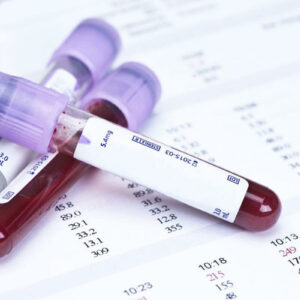
01
You Will Not Believe This Common Condition Is One of the Brain Tumor Symptoms
You know about headaches and seizures, but did you know that this common condition is one of the brain tumor symptoms you ought to watch out for? Brain tumors manifest in symptoms for a couple of reasons. First and foremost, the brain is a very compact organ, and there is little to no space to accommodate the growth of other tissue inside the brain. Secondly, depending on exactly where they are growing inside the brain, these tumors push against and impose pressure on certain parts, and cause varying symptoms. Perhaps, the most common early warning symptom of brain tumors is a headache . Headaches may be severe to start off with, or may have a tendency to worsen early in the morning or after any activity. The second most commonly reported symptom of brain tumors is seizures or fits. Also known as convulsion, motor seizures are characterized by sudden involuntary movements of the muscles in a person’s body. Depending on the area that the tumor is pushing against, you may experience different types of seizures. The most common ones are myoclonic and tonic-clonic or Grand Mal seizures. Less common brain tumor symptoms include changes in sensory perceptions without being unconscious, personality/memory changes, nausea and vomiting and fatigue . Most of these brain tumor symptoms have been spoken about much, and there is plenty of awareness regarding these. However, there are rare brain tumor symptoms that you probably do not even know about. One of these rare brain tumor symptoms is a common condition that is known to affect millions of people across the globe. Secret Brain Tumor Symptoms A 54-year-old woman found herself enjoying daily activities lesser than usual. She ended up spending more and more time simply lying down in bed, unable to get up and just live her life.
Read More 










